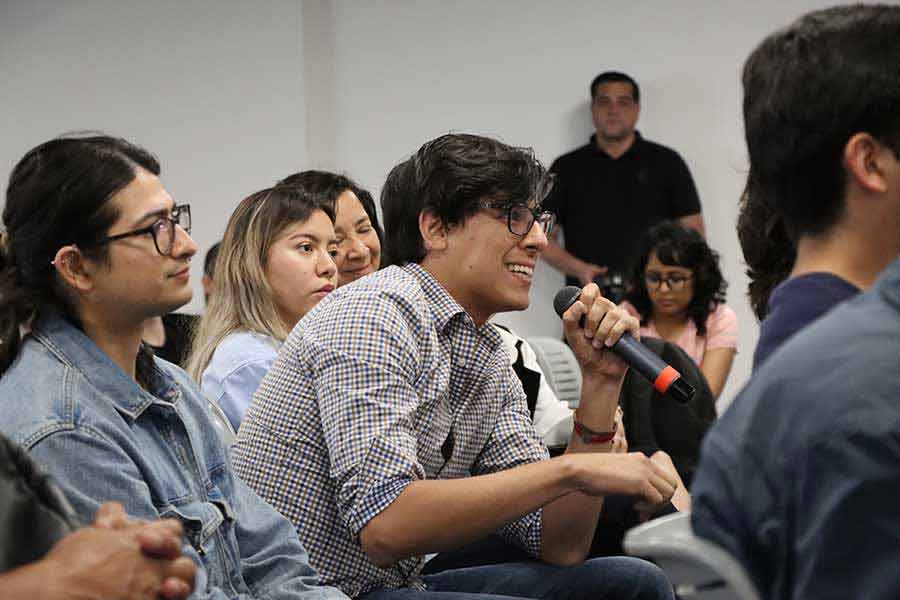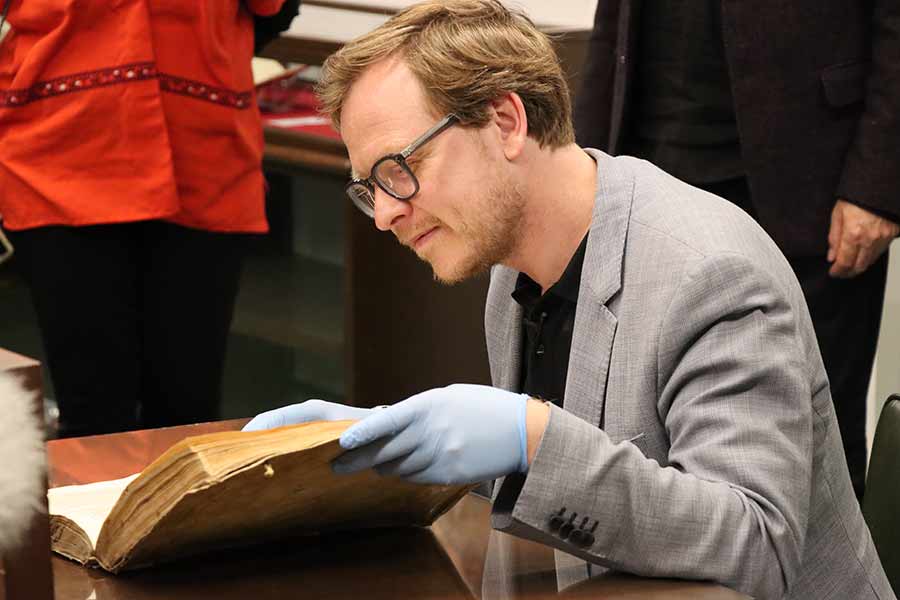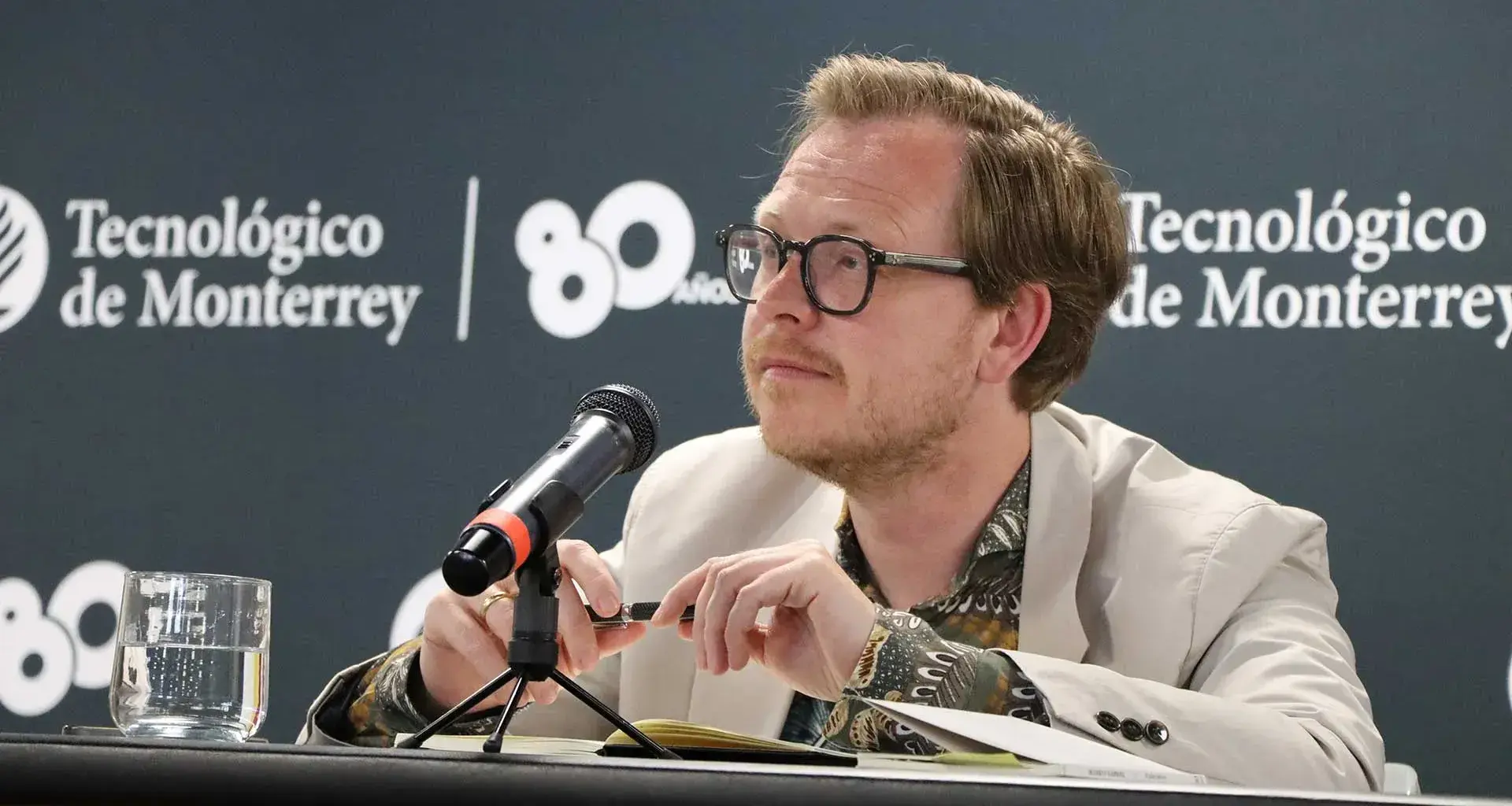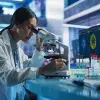“Art is uncontrollable. No one, not even the artist, is in a position to govern its history,” noted German philosopher Markus Gabriel.
“Art has taken hold of the human spirit and has made its way into our being as a computer program. Thanks to the rise of art, we have become human beings,” he said during his talk, “The Power of Art.”
The creator of the New Realism model, who proposes that everything appearing in a field of sense is real, presented a series of academic activities organized by the Alfonso Reyes Chair at the Monterrey campus .

During his talk to students, he stated that works of art differ categorically from ordinary objects. They are real self-reflections that exist in museums, in cities, and in design.
“This ability to think about ourselves is manifested when we reflect on works of art, an example of which we can see in Rodin’s ‘The Thinker.’
“The bronze statue you see obviously doesn’t have the ability to perceive itself, but as soon as we ask ourselves what it means, it makes us think,” explained the professor from the University of Bonn in Germany.
“The artist isn’t a god; the artist is an observer of the production of something through his or her activity.” - Markus Gabriel
According to Markus, as art isn’t moral, legal, political, or religious, he considers the power of art to be an absolute power.
“Works of art are absolutes that defy God in claiming to be the only absolute.
“Art utilizes our nervous system and our spirit to become real,” he said.
Markus Gabriel is recognized as one of today’s youngest philosophers, specializing in metaphysics, epistemology, and post-Kantian philosophy.
The activities he presented during his visit to the Monterrey campus, from April 18 to 20, included the Seminar on Co-Operation and Sustainability: Towards a New Capitalism and the talk Artificial Intelligence: Its Ethical Challenges.
New Realism model
“The new model I propose replaces the notion of shadow with that of a wave field where perception is not an external relationship between two isolated bodies but an intrinsic superposition,” he said.
He added that this means perception is a completely objective process that takes place in the universe.

The philosopher recognized that the act of creating a work of art is not an act of production.
“The artist isn’t a god; the artist is an observer of the production of something through his or her activity.
“Works of art are autonomous in a very radical way, and this autonomy leads human life directly to a paradox,” he pointed out.
He added that this paradox is a manifestation of the power of art, the radical autonomy of a work of art means that any perception or contact is automatically part of the work.
“Art is uncontrollable. No one, not even the artist, is in a position to govern its history.” - Markus Gabriel.
Developing the esthetic experience
Gabriel also said that in order to perceive a work of art, one must interpret it, which means one must act it out or execute it.
“The esthetic experience is something real. It is not a mere perceptual act within a subject. However, each interpretation is an individual at the same time.
“All interpretations are good in principle. The problem with the esthetic experience is that it completely absorbs us into the work,” he said.
The power of art lies in whether or not we’re absorbed by the work, he concluded.
Visiting the Cervantes Library
The German philosopher’s activities at the Monterrey campus included a visit to the “Miguel de Cervantes Saavedra” Special Collections Library.
Markus Gabriel had the opportunity to see works such as the Adagia by Erasmus of Rotterdam, a 1550 publication belonging to the George Robert Graham Conway Fund, as well as an edition of The Ingenious Gentleman Don Quixote of La Mancha by Miguel de Cervantes Saavedra, published in 1610 in Milan, from the Carlos Prieto Fund.

He was accompanied by Ana Laura Santamaría, Director of the Alfonso Reyes Chair at the School of Humanities and Education.
Also accompanying him were Ana Lucía Macías, National Director of Cultural Heritage, and Marcela Beltrán, Director of the Library, who explained the history of cultural heritage at Tecnológico de Monterrey.
About the Alfonso Reyes Chair
Founded more than 20 years ago, the Alfonso Reyes Chair aims to strengthen the teaching of humanities to faculty, students, and the community in general through various events such as panels and keynote speeches.
“Markus isn’t a philosopher who is locked in a metaphysical laboratory in an ivory tower but someone who has put philosophy at the center of public debate.
“He’s also present in the spheres of power where economic and political decisions that decide the future are made, always providing an ethical perspective and responsibility toward the future,” said Santamaría.
With information from Ana Laura Santamaría
Don’t leave without reading:





